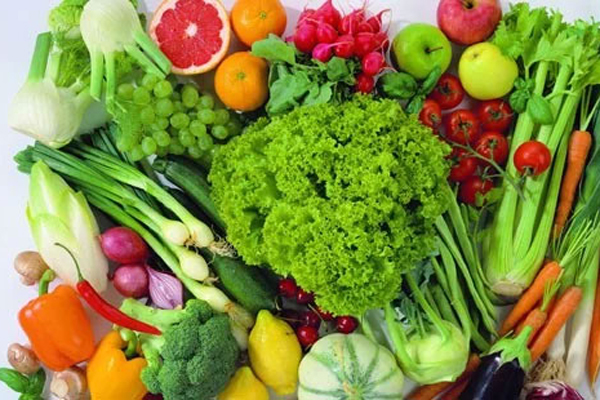Dr. Tu Ngu, Secretary General of the Vietnam Nutrition Association, shared that it is very difficult to distinguish between clean and unclean vegetables with the naked eye.
In the past, people often believed that vegetables with insects on them at the market were clean. However, this is not entirely accurate.
According to Dr. Ngu, clean vegetables are those grown and cared for in an environment with unpolluted soil, water, and climate. Vegetables must be planted and harvested in the main crop season and cultivated following the correct procedures. In addition, vegetables should be free from bacteria, parasites, and chemical or preservative residues, with no sand or dirt attached at the time of harvest.
“In my opinion, to have truly clean vegetables, no chemical substances should be used during cultivation, and even the fertilizer must be organic. Another extremely important criterion is that vegetables should be planted according to the right season or, in simpler terms, the right time of the year…”, said the doctor.
Dr. Ngu shared his tips for choosing safe and healthy vegetables. He prioritizes four criteria when selecting his produce:

Illustration: Internet
First, always opt for vegetables that are in season. Seasonal produce is less likely to be treated with pesticides.
Second, once you’ve chosen in-season vegetables, go for types that typically require fewer insecticides (for example, vegetables that tend to grow wild rather than being cultivated). The expert suggests that, for leafy greens, in addition to choosing in-season produce, it’s safer to buy smaller bunches with firmer-looking leaves that actually taste crisp and delicious. Avoid lush, green leafy vegetables, especially those out of season. Additionally, rinse the vegetables multiple times under running water before cooking, and then soak them in clean water to remove any potential residue.
Third, prioritize eating root vegetables and fruits. There are many types of vegetables, such as leafy greens (cabbage, water spinach, lettuce, celery), root vegetables (carrots, turnips, radishes, beans), fruiting vegetables (tomatoes, eggplants, cucumbers), and herbs (onion, garlic, coriander, basil). Dr. Ngu recommends favoring root vegetables and fruits as he considers them safer than leafy greens. At the very least, the skin of root vegetables and fruits can be peeled off.
Fourth, when consuming leafy greens, apply the principle of variety. “In each of my meals, I have at least five types of vegetables. For vegetables that I believe require more pesticides, like cabbage, I’ll eat less,” Dr. Ngu shared.
Dr. Ngu also acknowledged the challenge of controlling food safety when eating outside the home. He advises his children and grandchildren to limit their consumption of leafy greens at school or in the office and to compensate by eating more leafy greens at home in the evenings.
Dr. Ngu emphasized that ensuring clean vegetables requires collaboration between scientists, farmers, and consumers. Farmers’ cultivation mindset needs to shift towards safe farming practices. Authorities should regularly monitor and strictly enforce regulations. Consumers, on the other hand, must be wise in their choices and usage.
Dr. Ngu further informed that leafy greens, while not providing significant energy, are indispensable in every meal. Specifically, they are rich in bioactive compounds, particularly alkaline minerals, vitamins, pectin (a type of fiber), and organic acids that are not found in other foods.
Additionally, vegetables are a good source of cellulose (soluble fiber). Some leafy herbs like basil, coriander, onion, and garlic contain essential oils and bioactive compounds that are beneficial to health.
Green vegetables are rich in vitamin C, vitamin K, and folate. Citrus fruits (oranges, tangerines, grapefruits) and colorful vegetables are packed with vitamin C, beta-carotene, and flavonoids, which have been shown to reduce oxidation, boost immunity, and prevent diseases. Vegetables are also rich in fiber, which protects the digestive system, strengthens blood vessels, and lowers cholesterol.
Dr. Ngu suggested that individuals should assess whether they are consuming enough vegetables. One indicator is the ease and regularity of bowel movements, which can reflect the adequacy of fiber intake.
“Insufficient fiber can lead to constipation, increasing the risk of reabsorbing toxins in the large intestine. Some people experience headaches and fatigue due to constipation-induced toxin buildup,” Dr. Ngu explained.
Not eating enough vegetables can also lead to a host of other health issues, increasing the risk of obesity, metabolic disorders, and more.
According to VietNamNet



































